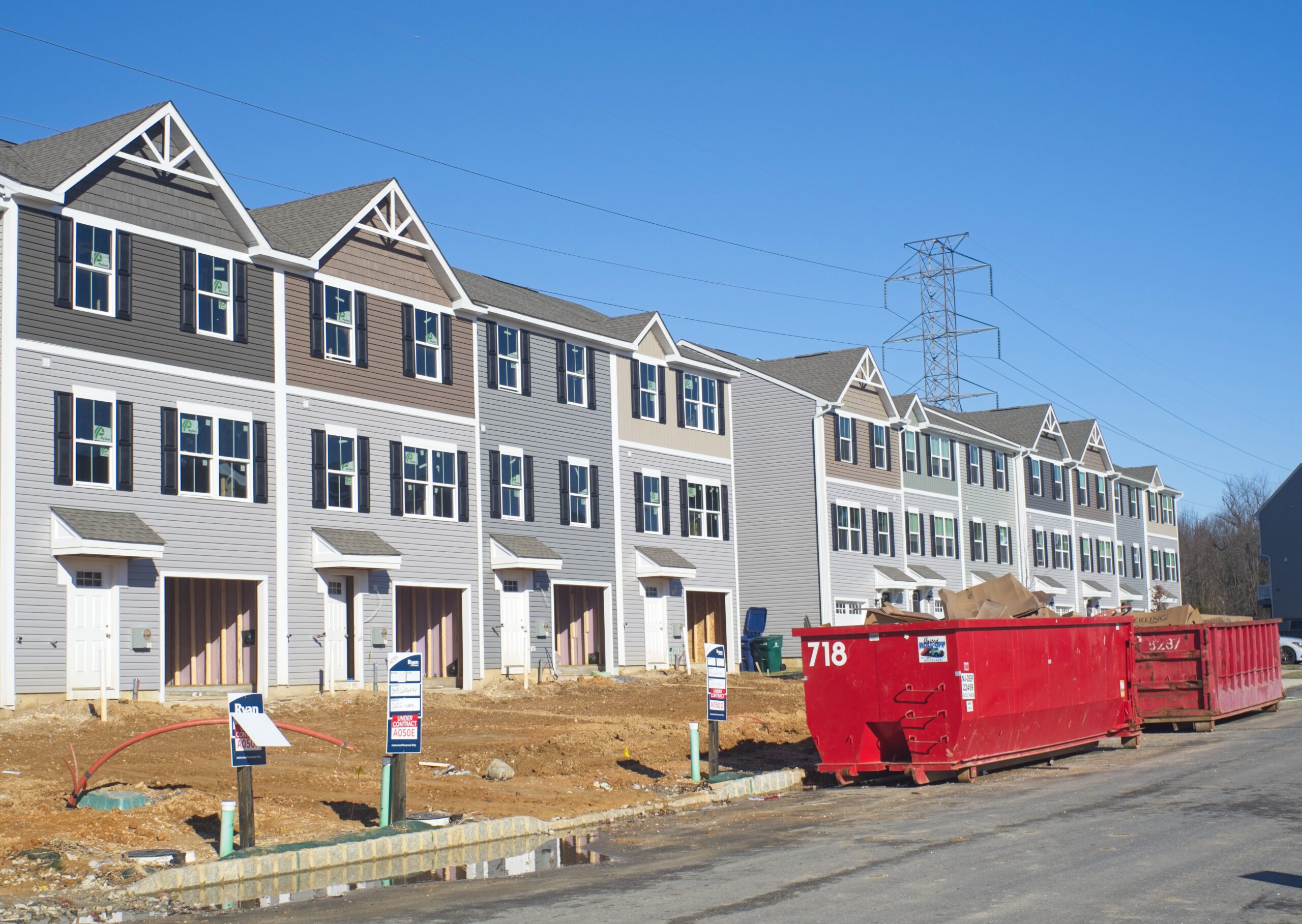The State of Housing 2023: More Multifamily Housing, But the Shortage Persists

The Joint Center for Housing Studies at Harvard University recently released its annual “State of the Nation’s Housing” report. The report provides a detailed summary of trends in the United States’ housing and rental markets. Construction of multifamily housing has increased significantly year over year, slowing rent growth and raising vacancy rates in the rental market. However, there continues to be a vast shortage of housing, especially homes affordable to low-income families.
Key takeaways:
- After a huge spike in housing costs from 2020 to 2022, rents and home prices are now increasing at a much slower rate. Nationally, rents increased by 4.5 percent from 2022 to 2023, which is considerably less than the 15.3 percent increase from 2021 to 2022.
- Multifamily housing production is driving the construction market. From 2021 to 2022, multifamily housing starts rose 15.5 percent to reach 547,000 new units– the greatest number annually since the 1980s.
- While the increased supply of new, multi-family homes have tempered rent growth somewhat, they haven’t begun to close the gap from the historic shortage; and newer homes are still unaffordable to the average household.
With a median household income above $250,000, the majority-white Scarsdale has been described as the “richest town on the East Coast.” Nearby Port Chester, a former manufacturing town, has an annual median income of $88,000 and is home to a predominantly Hispanic population. Astonishingly, zero percent of students in Scarsdale’s public schools are eligible for free or reduced-price lunch, compared to three-quarters of students in Port Chester.
The housing market has cooled since 2022, and in some metro areas, housing prices even declined year over year. This was especially true for cities in the West and the South. That said, the median home price in 2023 is still 37.5 percent higher than in 2020, a dramatic increase.
With continually high home values and recent interest rate hikes, many Americans – especially people of color – are priced out of buying a home. High housing costs contribute to the racial homeownership gap, and current trends do not show the gap shrinking. Furthermore, there is a shortage of homes available for sale, and homeowner vacancy rates are historically low (0.8 percent).
About one million single-family homes were started in 2022, which represents a 10.8 percent decrease from the previous year – which authors attribute to interest rate increases. Most of these new homes are high-end, with a median sale price of $457,800. Less than a quarter of new single-family homes are smaller than 1,800 square feet. Such homes are typically less expensive and can provide low- and middle-income families with a viable pathway to homeownership. There is also a need for more production of manufactured homes (mobile homes), as just 113,000 manufactured homes were built in 2022.
Meanwhile, production of multifamily housing is booming. In March 2023, 960,000 units in multifamily buildings were under construction. The increased supply is expected to continue to slow rent growths.
This is a positive step toward addressing the housing shortage that has resulted from decades of underproduction; however, the rate of new production lags behind what is needed to close the historic supply gap. (The JCHS report estimates that the US is facing a shortage of 1.5 million housing units, but this seems to be quite conservative, given that other research has estimated a national shortage of 3.8 million units.)
The median rent for newly constructed multifamily homes was $1,800 in 2022. A family would have to earn $72,000 or more annually to comfortably afford this rent. Just five percent of new units have rents below $1,050, which represents a dramatic decline from 22 percent in 2015.
As a result of increased multifamily construction, vacancy rates for rental units more than doubled from 2022 to 2023 to 5.2 percent. Most of these vacancies are in higher-cost rentals, and vacancy rates remain low in the less expensive rental market, driven by the significant shortage of housing affordable to low-income families. The US has just 55 percent of the units needed to house all families with incomes under 50% AMI.
In 2021, nearly half of all renters, 21.6 million households, were cost-burdened, including over two-thirds of households earning less than $30,000. Black and Hispanic renters are significantly more likely to be cost-burdened than white renters. Los Angeles and San Diego are among the metros with the highest rates of cost burden.
The number of cost-burdened households increased by 1.2 million from 2019 to 2021. This is approximately the same number of low-cost rental units lost during the same period. This highlights the link between cost burden and availability of low-cost rentals and points to the importance of preserving affordable units while also building more.
Furthermore, the US’s existing housing stock is aging. The median home in the US is 43 years old. Many homes are currently, or soon will be, in need of renovations, upgrades, and retrofits to adapt to climate change and to meet the needs of an aging population.
The report highlights a need for significantly more investment from the federal government to make housing affordable and to address and prevent homelessness. Special effort should be made to support and invest in communities of color in order to close the racial homeownership and cost-burden gaps generated through institutional racism.
Photo of townhomes under construction by Ernie Journeys on Unsplash.